In Italy, music has traditionally been one of the cultural markers of Italian national and ethnic identity and holds an important position in society and in politics. Italian music innovation – in musical scale, harmony, notation, and theatre – enabled the development of opera, in the late 16th century, and much of modern European classical music – such as the symphony and concerto – ranges across a broad spectrum of opera and instrumental classical music and popular music drawn from both native and imported sources.
The music of Sicily is created by peoples from the isle of Sicily. It was shaped by the island's history, from the island's great presence as part of Magna Grecia 2,500 years ago, through various historical incarnations as a part of the Roman Empire, then as an independent state as the Emirate of Sicily then as an integral part of the Kingdom of Sicily and later the Kingdom of the Two Sicilies, and, finally, as an autonomous region of the modern nation state of Italy.
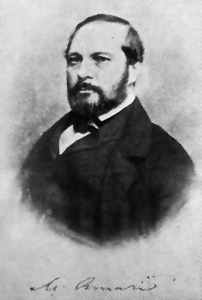
Michele Benedetto Gaetano Amari was a Sicilian patriot, liberal revolutionary and politician of aristocratic background, historian and orientalist. He rose to prominence as a champion of Sicilian independence from the Neapolitan Bourbon rule when he published his history of the War of the Sicilian Vespers in 1842. He was a minister in the Sicilian revolutionary government of 1848–9 and in Garibaldi's revolutionary cabinet in Sicily in 1860. Having embraced the cause of Italian unification, he helped prepare the annexation of Sicily by the Kingdom of Sardinia and was active in his later years as a senator of the Kingdom of Italy.

Giuseppe Schirò was an Arbëresh neo-classical poet, linguist, publicist and folklorist from Sicily. His literary work marked the transition from the Arbëresh language to modern Albanian literature in Italy. He was a major protagonist of the Rilindja, the Albanian cultural awakening or Albanian Renaissance, in Italy.
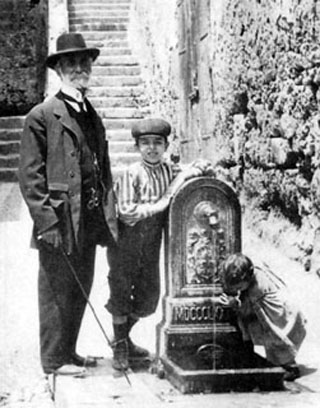
Giuseppe Pitrè was an Italian folklorist, medical doctor, professor, and senator for Sicily. As a folklorist he is credited with extending the concept of folklore to include all manifestations of popular life. He is also considered a forerunner in the field of medical history.

Favara is a town and comune of south central Sicily (Italy), in the province of Agrigento, 8 kilometres (5 mi) north-east of Agrigento by road, with which it forms a conurbation.
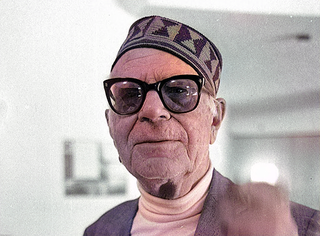
Ignazio Buttitta was an Italian poet who wrote predominantly in Sicilian.

Renato Guttuso was an Italian painter and politician. His best-known works include Flight from Etna (1938–39), Crucifixion (1941) and La Vucciria (1974). Guttuso also designed for the theatre and did illustrations for books. Those for Elizabeth David’s Italian Food (1954), introduced him to many in the English-speaking world. A fierce anti-Fascist, "he developed out of Expressionism and the harsh light of his native land to paint landscapes and social commentary".
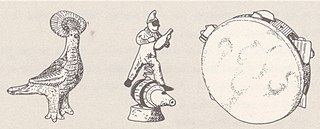
Italian folk music has a deep and complex history. National unification came quite late to the Italian peninsula, so its many hundreds of separate cultures remained un-homogenized until quite recently. Moreover, Italian folk music reflects Italy's geographic position at the south of Europe and in the center of the Mediterranean Sea: Celtic, Slavic, Arabic, Greek, Spanish and Byzantine influences are readily apparent in the musical styles of the Italian regions. Italy's rough geography and the historic dominance of small city states has allowed quite diverse musical styles to coexist in close proximity.
Italian music terminology consists of words and phrases used in the discussion of the music of Italy. Some Italian music terms are derived from the common Italian language. Others come from Spanish, or Neapolitan, Sicilian, Sardinian or other regional languages of Italy. The terms listed here describe a genre, song form, dance, instrument, style, quality of music, technique or other important aspect of Italian music.

Lorenzo Ferrero is an Italian composer, librettist, author, and book editor. He started composing at an early age and has written over a hundred compositions thus far, including twelve operas, three ballets, and numerous orchestral, chamber music, solo instrumental, and vocal works. His musical idiom is characterized by eclecticism, stylistic versatility, and a neo-tonal language.
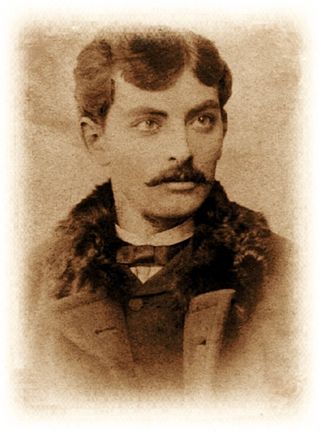
Francesco Paolo Frontini was an Italian composer. He studied music with his father, composer Martino Frontini; he also studied the violin with Santi D'Amico, playing a concert with him at the town concert hall at the age of 13. At 15 his first composition, a Qui tollis, was played at the city cathedral, under the direction of Pietro Antonio Coppola. In 1875 Frontini matriculated at the Palermo Conservatory, where he studied with Pietro Platania; from there he passed to the conservatory in Naples, where he received his diploma in composition under the tuition of Lauro Rossi.

Giuseppe Mulè was an Italian composer and conductor. His output includes numerous symphonic works and chamber works, incidental music for the stage, 7 operas, 5 film scores, and an oratorio. His work is characterized by its use of Italian folk melodies, verismo, and a tritone-inflected melodic style.

Zef Jubani or Giuseppe Jubany in Italian was an Albanian folklorist and activist of the Albanian National Awakening. He is known for the publication of a Collection of Albanian Folk Songs and Rhapsodies in the Gheg Albanian dialect. Jubani advocated the creation of a unique alphabet of the Albanian language. For his political activities, which often were anti-clericalist, Jubani was denounced to the Holy See by the Jesuit missionaries of Shkodër.

Albanian epic poetry is a form of epic poetry created by the Albanian people. It consists of a longstanding oral tradition still very much alive. A good number of Albanian epic singers can be found today in Kosovo and northern Albania, and some also in Montenegro. The Albanian traditional singing of epic verse from memory is one of the last survival of its kind in modern Europe.
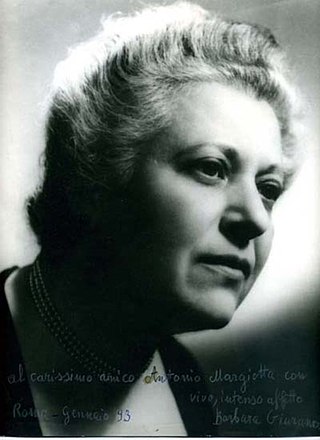
Elena Barbara Giuranna was an Italian pianist and composer.

The Opera dei Pupi is a marionette theatrical representation of Frankish romantic poems traditionally performed in Sicily, Italy.

Rosa Balistreri was an Italian singer and musician. Her hoarse voice charged with melancholy and strong personality made her a Sicilian icon of the twentieth century, much like the writer Leonardo Sciascia, the poet Ignazio Buttitta and the painter Renato Guttuso, who counted all three among her admirers.
Alessio di Giovanni was an Italian poet, novelist, and playwright. Much of his work is in Sicilian.

Mariano Smiriglio was a Sicilian architect, painter and decorator, active in a Mannerist-Sicilian Baroque style in his native Palermo.















